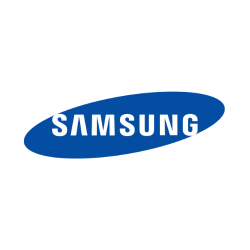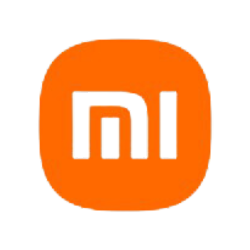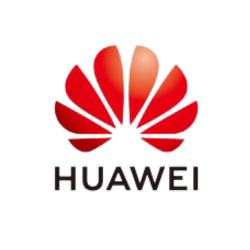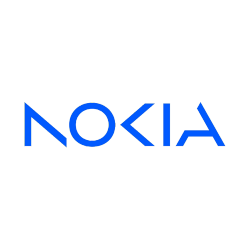
Introduction to Panasonic MX6
The Panasonic MX6 is a feature phone that was announced in the first quarter of 2005. This device came from a time when mobile phones were primarily used for calling and simple messaging. However, Panasonic added several features that were advanced for its time, making it a significant player in the feature phone market. It’s important to dive into the different aspects of this phone to understand its impact and the context it existed within.
Design and Build
The Panasonic MX6 boasts a compact and sturdy design with dimensions of 96 x 46 x 26 mm. Its compact size made it easy to handle and carry around, fitting seamlessly into pockets. The phone's weight is about 130 grams, which is quite lightweight compared to smartphones today, enhancing portability for the user.
The device was equipped with a Mini-SIM slot and was finished in a classic blue color. The ergonomic design and the simple layout made it user-friendly for individuals looking for a straightforward mobile experience.
Display Features
Panasonic MX6 came with a TFT display capable of showing 16M colors, providing vivid and bright color representation. Although the size of the display is unspecified, it did offer a resolution of 320 x 240 pixels with a 4:3 aspect ratio. This was relatively standard at the time, ensuring that the basic multimedia needs of users were adequately met.
Camera Capabilities
The MX6 featured a single rear camera with a 1.3 MP resolution. While this might seem negligible today, it was a decent feature for a feature phone at the time. It allowed users to capture photos on-the-go, although the image quality would not compare to modern standards. The phone also had the capability to record videos, adding an extra layer of functionality for multimedia enthusiasts of that era.
Battery Life
The Panasonic MX6 was powered by a removable Li-Ion 1620 mAh battery. This allowed users the flexibility to replace the battery if needed, which was a common practice with devices at that time. The standby time ranged from 300 to 860 hours, while talk time averaged between 4 to 16 hours, depending on usage. This battery performance ensured the device could last for significant periods without needing frequent recharges.
Memory and Storage
The device came with 30MB of internal storage and lacked a card slot for memory expansion. The phonebook could accommodate up to 500 entries and could log 10 dialed, 10 received, and 10 missed calls. For its time, the storage capacity was sufficient for basic phone functions and some multimedia files.
Network and Connectivity
The Panasonic MX6 operated on GSM technology and supported 2G bands including 900, 1800, and 1900 frequencies. While contemporary phones now incorporate advanced network technologies like 3G, 4G, and 5G, the 2G capability was standard and served its purpose well during the period of its release.
Regarding connectivity, the phone did not offer modern features such as Bluetooth or Wi-Fi. However, it did have an infrared port for data exchange, a method commonly used before the proliferation of Bluetooth. USB connectivity was proprietary, limiting the type of external devices that could be connected to the phone.
Sound and Multimedia
Sound in the Panasonic MX6 was fairly basic, lacking a loudspeaker and a 3.5mm headphone jack. It supported vibration alerts and had downloadable polyphonic and MP3 ringtones, which provided a personalized touch for users. These features ensured users could customize alert sounds to suit their preferences.
Software and Features
Operating as a feature phone, the Panasonic MX6 offered messaging services like SMS and MMS. The device also came with a WAP 2.0/xHTML browser which, despite its limited functionality compared to modern mobile browsers, allowed users to access basic internet services.
Additionally, the phone supported Java MIDP 2.0 applications, allowing third-party app installations to enhance functionality. This feature was particularly valuable for users looking to add games or productivity tools to their device.
Conclusion
The Panasonic MX6 stood out during its time for its solid feature set encapsulated within a user-friendly design. It provided necessary functionalities that were well suited for the needs of the early 2000s user. Despite its discontinuation, it remains an interesting representation of the technological advancements and consumer preferences of its era.
Key Features of Panasonic MX6
- Compact Design: Dimensions of 96 x 46 x 26 mm, making it easy to carry.
- Colorful Display: TFT screen with 16 million colors and a resolution of 320 x 240 pixels.
- Adequate Storage: Internal memory of 30MB with a phonebook capacity of 500 entries.
- Camera: 1.3 MP main camera with video recording capability.
- Long Battery Life: Removable Li-Ion 1620 mAh battery providing up to 860 hours of standby time and up to 16 hours of talk time.
- Supports Messaging: Capable of sending SMS and MMS.
- Java Support: Includes Java MIDP 2.0 for additional app compatibility.
- Infrared Port: Facilitates data transfer.
Disadvantages of Panasonic MX6
- Lacks 3G, 4G, and LTE support, only GSM is available.
- No EDGE capability for faster data speeds.
- Small internal memory with only 30MB available and no card slot for expandable storage.
- Only a single 1.3 MP main camera with no dedicated selfie camera.
- Does not include a loudspeaker or a 3.5mm audio jack for headphone connectivity.
- No Wi-Fi or Bluetooth connectivity options.
- Does not support GPS or radio.
- Uses a proprietary USB port, which can limit compatibility with standard chargers and accessories.
- Limited call record capacity with only 10 entries for dialed, received, and missed calls.

View Also
More Phones
All Rights Reserved +13895 Phones © Mobilawy 2025

























